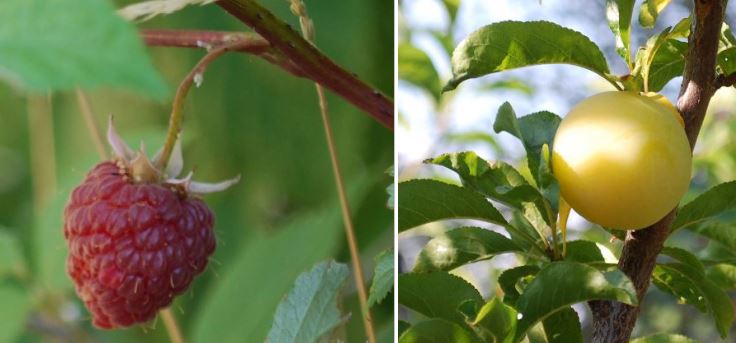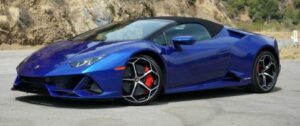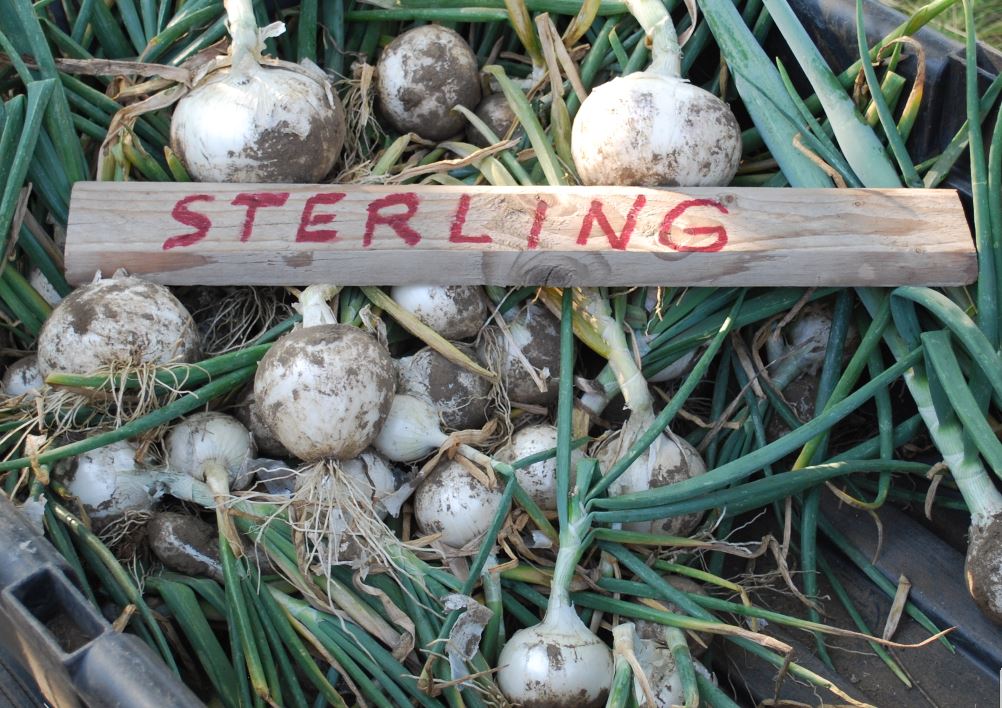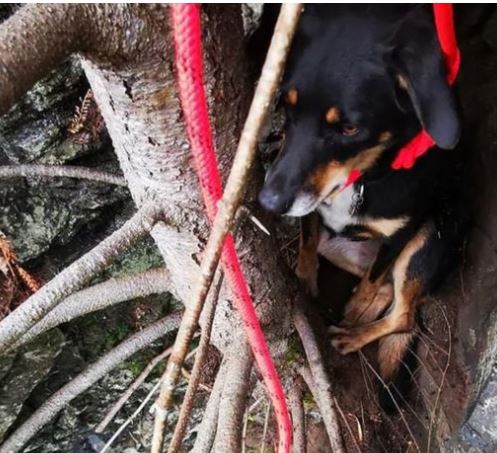Item #1: Contrasts 
Our Raspberries came to us from a previous valley resident. We have had them for 30 years and he had them for many years, also. We have rocky, well drained soil, that they like. They do need water here, but other than that can be pretty much ignored. We tried a yellow variety years ago but they seemed bland and more of a temperamental grower. Now gone.
Two issues: Nancy doesn’t grove on raspberries because of the seeds – larger and harder than those of strawberries. Second, wasps like them when they are very ripe. The solution is to pick early in the morning while shady and cool, and pick and toss any old or damaged ones.
Store price this week was $3.99 per 10 ounces (organic; ours are too). This week I’ve eaten about $6 worth.
Our five types of plums were blossoming in May when we had two mornings of very clear sky and very cold. The yellow Shiro has just 7 or so fruits. The Methley (small purple; best for brandy) has a couple.
Commercially, fruit trees are grown at lower elevations and the Washington industry should have a good year.
Item #2: Your tax dollars at work

A Panic2020 story.
Our taxes were used for the Paycheck Protection Program –“intended to provide loans to businesses to guarantee eight weeks of payroll and other costs to help those businesses remain viable and allow their workers to pay their bills.”
David T. Hines, 29, of Miami FL, applied for millions of dollars of loans by writing fraudulent applications under the guise of several companies. Authorities said he dropped $318,000 on a 2020 Lamborghini Huracan, and had $3.4 million in bank accounts.
Item #3: Onions
I planted 4 varieties if onions this spring. Thursday I harvested the Sterling type.
They are supposed to have tall, vigorous tops, grow to 5″ across, be mildly pungent, and have a storage potential of 6 months. I planted this one on new “soil” – dirt, sand, horse manure, and vegetative debris mixed and tilled. Of my 4 types, this performed the poorest.
I think an extra dose of fertilizer, early in the season, might have helped. My other white, Copra (a bit smaller but longer keeper) looks healthy and will stay in the ground for another week or two.
The baby plants (from far south Texas) cost $6.70. Until they dry and cure with the roots and tops trimmed, I can’t report a weight of harvest. I do know I can make some great onion rings with these.
Item #4: a not so shaggy dog story 
About 60 years ago I had a Brittany that chased a rabbit toward the “high-wall” of a coal cut. A few feet from the cliff the rabbit made a right angle turn. Dusty weighed about 35 pounds and was not quite so nimble. He sailed past the edge and into space with a “yelp.” The old cuts had extensive talus along the edges. His had 30 feet of air and another 30 feet of small rock debris. He hit the talus and just kept on going. No harm, and no rabbit.
I was reminded of this when a lady and dog had a cliff-experience in Devon. A deer is the claimed instigator. In the photo above the dog is shown wedged between a tree and rock. Finding and rescuing dog Freya took 3 days.
No harm. No deer.
Item #5: Jeff Bezos
About Jeff Bezos, founder of Amazon
From The Wall Street Journal, by James Freeman:
Mr. Bezos was appearing along with other tech CEOs before Judiciary‘s Antitrust Subcommittee to discuss competition in digital markets. But he decided to set the table by pointing out that while he may be the richest man on the planet, he didn’t exactly start out that way. Here’s an excerpt from his opening statement to the subcommittee:
My mom, Jackie, had me when she was a 17-year-old high school student in Albuquerque, New Mexico. Being pregnant in high school was not popular in Albuquerque in 1964. It was difficult for her. When they tried to kick her out of school, my grandfather went to bat for her. After some negotiation, the principal said, “OK, she can stay and finish high school, but she can’t do any extracurricular activities, and she can’t have a locker.” My grandfather took the deal, and my mother finished high school, though she wasn’t allowed to walk across the stage with her classmates to get her diploma. Determined to keep up with her education, she enrolled in night school, picking classes led by professors who would let her bring an infant to class. She would show up with two duffel bags—one full of textbooks, and one packed with diapers, bottles, and anything that would keep me interested and quiet for a few minutes.
My dad’s name is Miguel. He adopted me when I was four years old. He was 16 when he came to the United States from Cuba as part of Operation Pedro Pan, shortly after Castro took over. My dad arrived in America alone. His parents felt he’d be safer here. His mom imagined America would be cold, so she made him a jacket sewn entirely out of cleaning cloths, the only material they had on hand. We still have that jacket; it hangs in my parents’ dining room. My dad spent two weeks at Camp Matecumbe, a refugee center in Florida, before being moved to a Catholic mission in Wilmington, Delaware. He was lucky to get to the mission, but even so, he didn’t speak English and didn’t have an easy path. What he did have was a lot of grit and determination. He received a scholarship to college in Albuquerque, which is where he met my mom. You get different gifts in life, and one of my great gifts is my mom and dad. They have been incredible role models for me and my siblings our entire lives.
And that, for this week, is the not so nasty news.
John